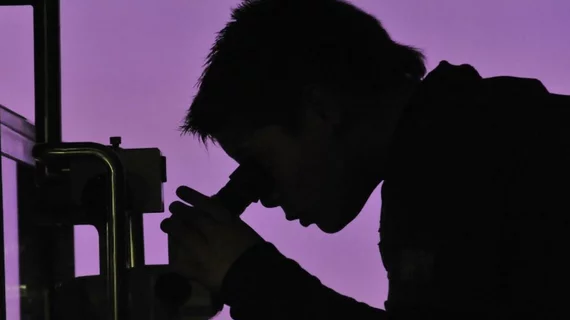New imaging technique diagnoses tuberculosis in just an hour
Researchers have developed a new “glowing” imaging technique that can diagnose tuberculosis (TB) within an hour, according to research published in Science Translational Medicine.
Diagnosing TB can be a drawn-out process that involves cultivating a patient’s spit sample and tracking its growth in a lab that requires specific equipment. It sometimes takes months just to learn anything about the patient’s condition.
“In still-developing countries where TB is most prominent, it's hard to maintain those kinds of intensive facilities, and it can be expensive,” Jianghong Rao, PhD, of the departments of radiology and chemistry at Stanford University School of Medicine in Stanford, California, said in a news release.
This new process, however, involves combining a two-piece probe with a patient’s spit sample. When the probe comes into direct contact with TB bacteria, it gets “switched on” and glows, allowing specialists to see the bacteria and track its distribution throughout the infected cells.
Rao added in the same news release that this new imaging technique could also help researchers develop new TB medications.
“The hope is to make this an adaptable technology," he said. “It's something that could be really widespread, and you wouldn't necessarily need to use it in a hospital setting.”

